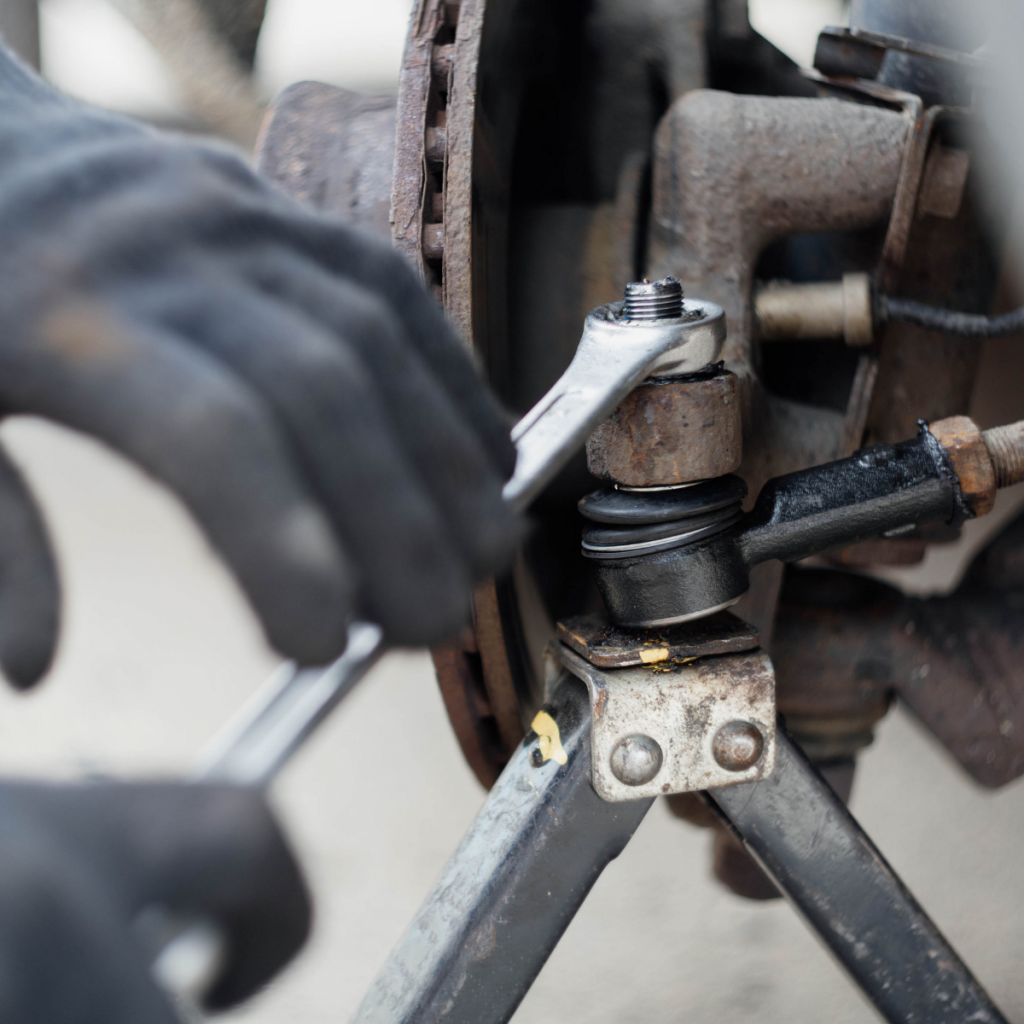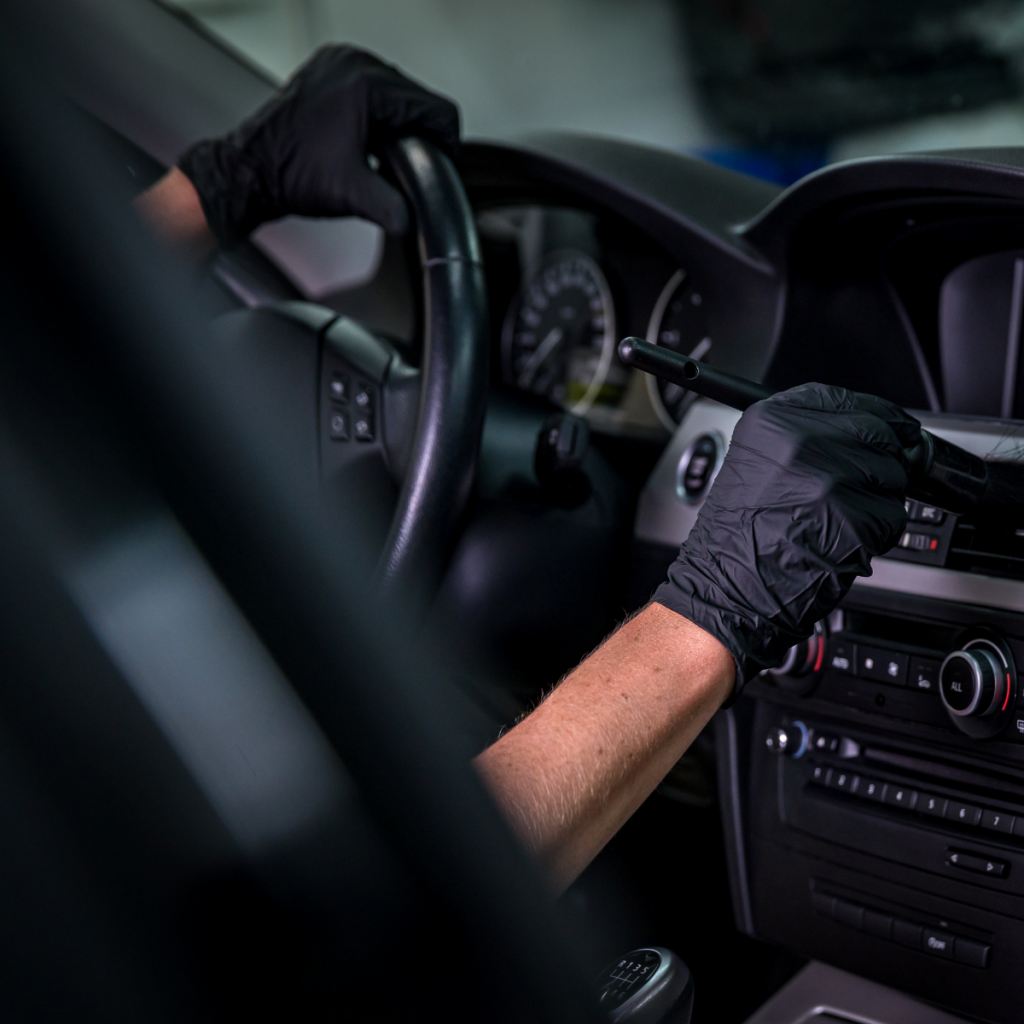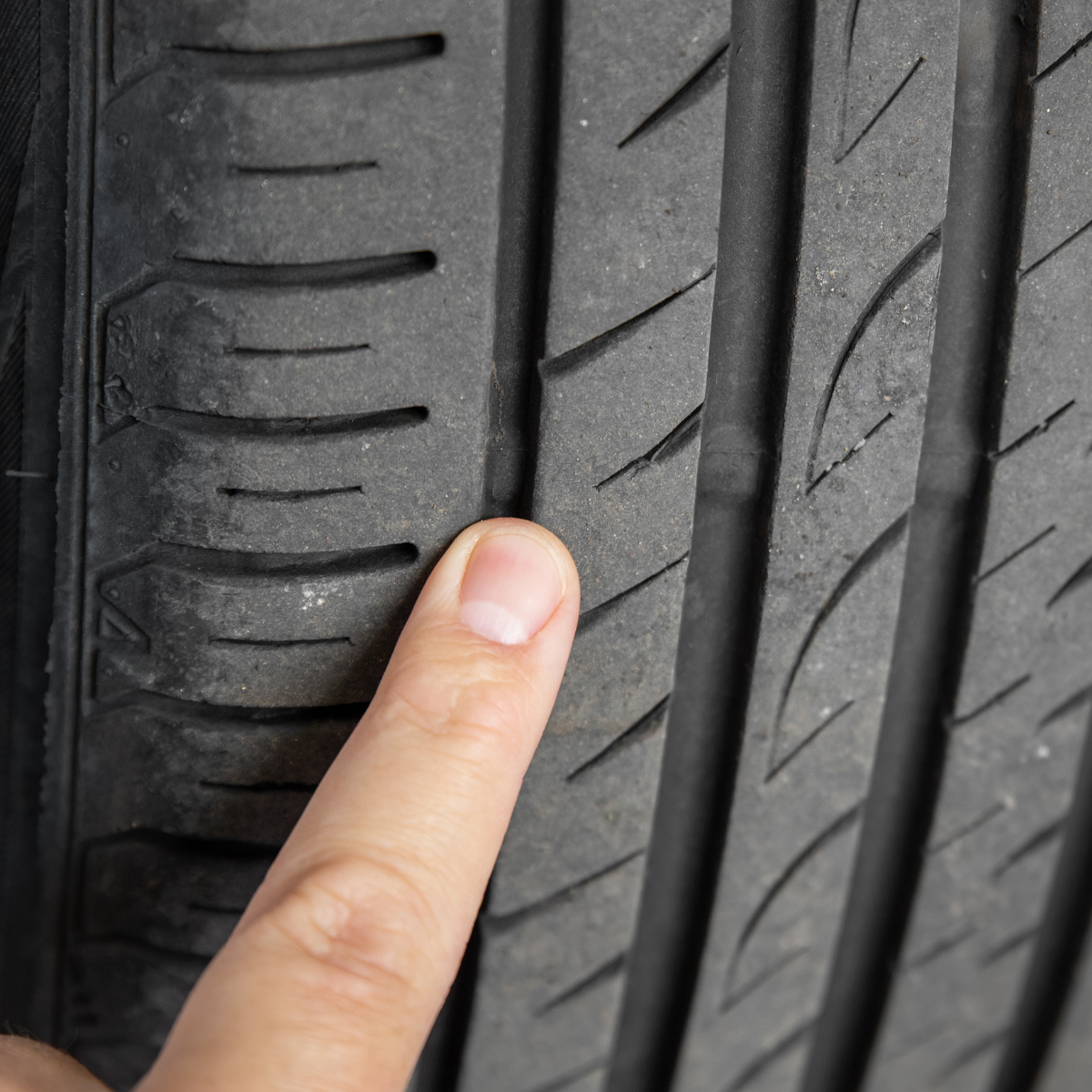Owning a car for the first time is an exciting experience, but it can also feel overwhelming. With so many new things to learn, from operating your vehicle to ensuring its longevity, it’s easy to feel unsure about where to start. Whether you’re a first-time driver or simply a new car owner, it’s important to have a solid understanding of how to use, maintain, and take care of your car. In this comprehensive guide, we’ll cover everything from understanding your car’s basic features to maintenance tips, ensuring that you can enjoy your vehicle confidently and safely.
1. Getting to Know Your Car: Key Features and Controls
As a new car owner, your first task is to familiarize yourself with your car’s key features and functions. While the specifics can vary depending on the make and model, most cars share similar basic components.
- Dashboard Indicators: Your car’s dashboard is home to a variety of warning lights and indicators. Learn what each light means, especially those related to oil pressure, engine temperature, tire pressure, and battery charge. Ignoring these indicators can lead to major issues down the line.
- Gear Shift and Transmission: Whether you drive an automatic or manual vehicle, understanding your car’s transmission system is essential. Ensure you know how to shift gears smoothly and safely. Automatic transmission cars generally only require you to shift between Park, Reverse, Neutral, and Drive, while manual transmission requires gear shifting alongside the clutch.
- Safety Features: Every car is equipped with safety features like airbags, anti-lock brakes (ABS), and traction control. Familiarize yourself with these features, so you understand how they protect you in case of an emergency.
- Infotainment System: Modern cars come equipped with advanced infotainment systems that include features like Bluetooth connectivity, GPS navigation, and voice commands. Take time to learn how to connect your phone and use the system’s functions, as they can make your driving experience more enjoyable and hands-free.
2. The Basics: Starting and Stopping Your Car
Understanding how to properly start and stop your car is one of the first steps to becoming a confident car owner.
- Starting the Car: Insert the key into the ignition or press the start button (if you have a keyless ignition). Ensure that the car is in “Park” (for automatic) or “Neutral” (for manual) before starting the engine. If your car has push-to-start, simply press the brake pedal and the start button simultaneously.
- Stopping the Car: To stop your car, gradually press the brake pedal. For manual cars, be sure to press the clutch pedal to prevent stalling. Always bring the car to a full stop before shifting into “Park” (automatic) or “Neutral” (manual). If you’re parking on an incline, engage the parking brake to prevent your car from rolling.
3. Tips for Efficient Driving
As a new car owner, learning efficient driving habits is key to ensuring your car runs smoothly and saving money on fuel.

- Driving Smoothly: Avoid harsh acceleration and braking. Gradual changes in speed help save fuel, reduce engine strain, and provide a more comfortable driving experience.
- Maintaining Proper Tire Pressure: Under-inflated tires can decrease fuel efficiency and cause uneven tire wear. Make sure your tire pressure is checked regularly (at least once a month) to ensure optimal performance and safety.
- Use Cruise Control: If your car is equipped with cruise control, use it on highways to maintain a constant speed, which can improve fuel economy. However, don’t use cruise control in heavy traffic or on hilly roads.
4. Essential Car Maintenance: Keeping Your Car in Top Condition
Regular maintenance is crucial for keeping your car in good condition and avoiding costly repairs. Here are some of the most important aspects of car maintenance to keep in mind:
- Oil Changes: Oil is the lifeblood of your engine. It lubricates the moving parts and prevents overheating. Your car’s manual will tell you how often to change the oil (usually every 3,000 to 5,000 miles), but the general rule is to change it regularly to ensure your engine runs smoothly.
- Check Your Fluids: Besides oil, your car requires other essential fluids, such as coolant, brake fluid, transmission fluid, and power steering fluid. Check these fluid levels regularly and top them off if needed to ensure smooth operation.
- Tire Maintenance: Regularly inspect your tires for signs of wear, cuts, or punctures. Make sure the tread depth is adequate for safe driving, especially in wet or slippery conditions. Rotate your tires every 6,000 to 8,000 miles to ensure even wear and prolong their lifespan.
- Brake System: Your brakes are a critical safety feature, so have them inspected regularly. If you hear squeaking or grinding noises when you press the brake pedal, have them checked immediately.
- Battery Care: A dead battery is one of the most common car-related issues. Inspect the battery terminals for corrosion and ensure the battery is securely in place. If your car is more than three years old, consider replacing the battery to avoid surprises.
5. Understanding Your Car’s Technology
Today’s vehicles come with advanced technological features that not only make driving more convenient but also enhance safety. Familiarizing yourself with these features can improve your overall driving experience.

- Advanced Driver Assistance Systems (ADAS): Many modern cars come with systems like lane-keeping assist, automatic emergency braking, adaptive cruise control, and parking sensors. These features are designed to improve safety by preventing accidents. Take time to understand how they work and when to rely on them.
- Infotainment Features: As mentioned earlier, infotainment systems offer a range of features such as hands-free calling, music streaming, navigation, and more. Learn how to set up your system for hands-free use, especially if you plan to use it while driving.
- Smartphone Integration: Many cars now support smartphone integration through Apple CarPlay or Android Auto, allowing you to mirror your phone’s apps onto the car’s infotainment screen. This can make navigation and media control more accessible while on the road.
6. Handling Common Car Problems
Even the best-maintained cars can experience problems from time to time. As a new car owner, you should be prepared to handle common car issues. Here’s what to do if you encounter a problem:
- Flat Tire: Ensure your car is equipped with a spare tire, jack, and lug wrench. Learn how to change a flat tire yourself, or call roadside assistance for help.
- Engine Overheating: If your car’s temperature gauge rises too high, stop and turn off the engine immediately. Let the engine cool down before opening the hood to check coolant levels. If the problem persists, contact a mechanic.
- Dead Battery: If your car won’t start, your battery might be dead. Keep jumper cables in your car and know how to jump-start a vehicle using another car. If the issue is recurrent, consider replacing the battery.
7. Legal and Administrative Responsibilities
Car ownership also comes with legal and administrative responsibilities. These include ensuring that your car is properly insured and registered.

- Insurance: Make sure you have car insurance that meets your state’s minimum requirements. You may also want to consider comprehensive or collision coverage for added protection.
- Registration and Title: Ensure your vehicle is properly registered with the DMV and that you keep your title and registration up to date. Failure to do so can result in fines or penalties.
Conclusion
Owning a car is a big responsibility, but with the right knowledge, you can ensure your vehicle remains in great condition for years to come. From understanding your car’s basic features to performing regular maintenance, taking proactive steps will save you money, improve safety, and help you get the most out of your driving experience. As a new car owner, remember to stay informed, perform regular checks, and keep up with scheduled maintenance to enjoy a smooth, worry-free ride.

Leave a Reply